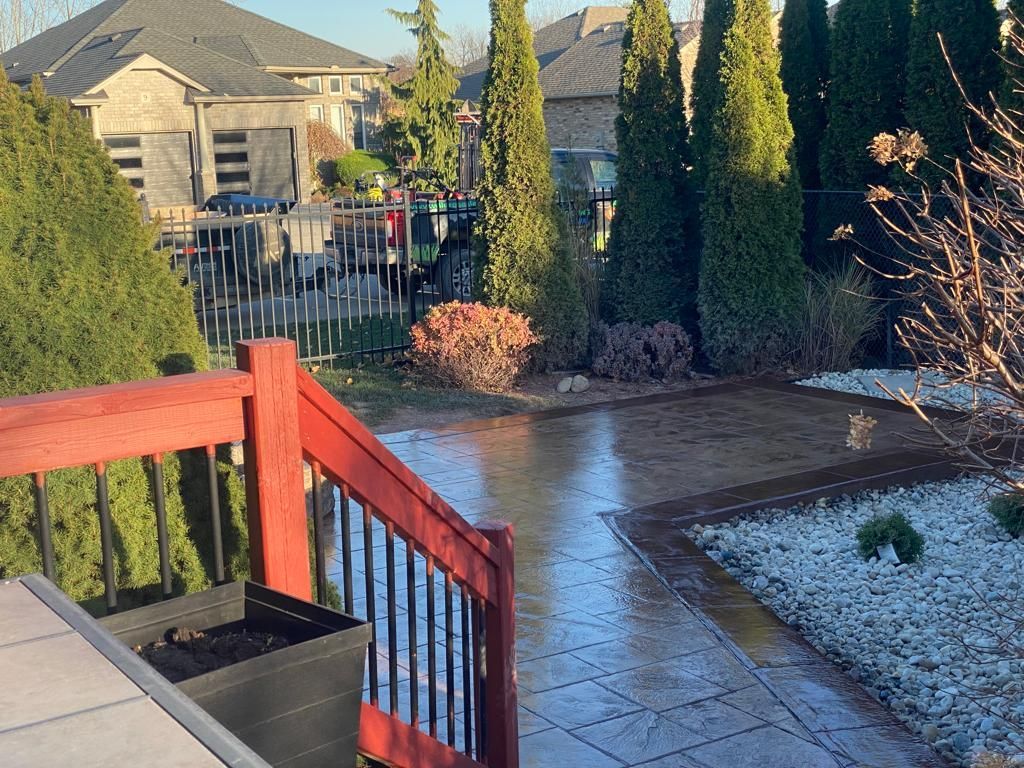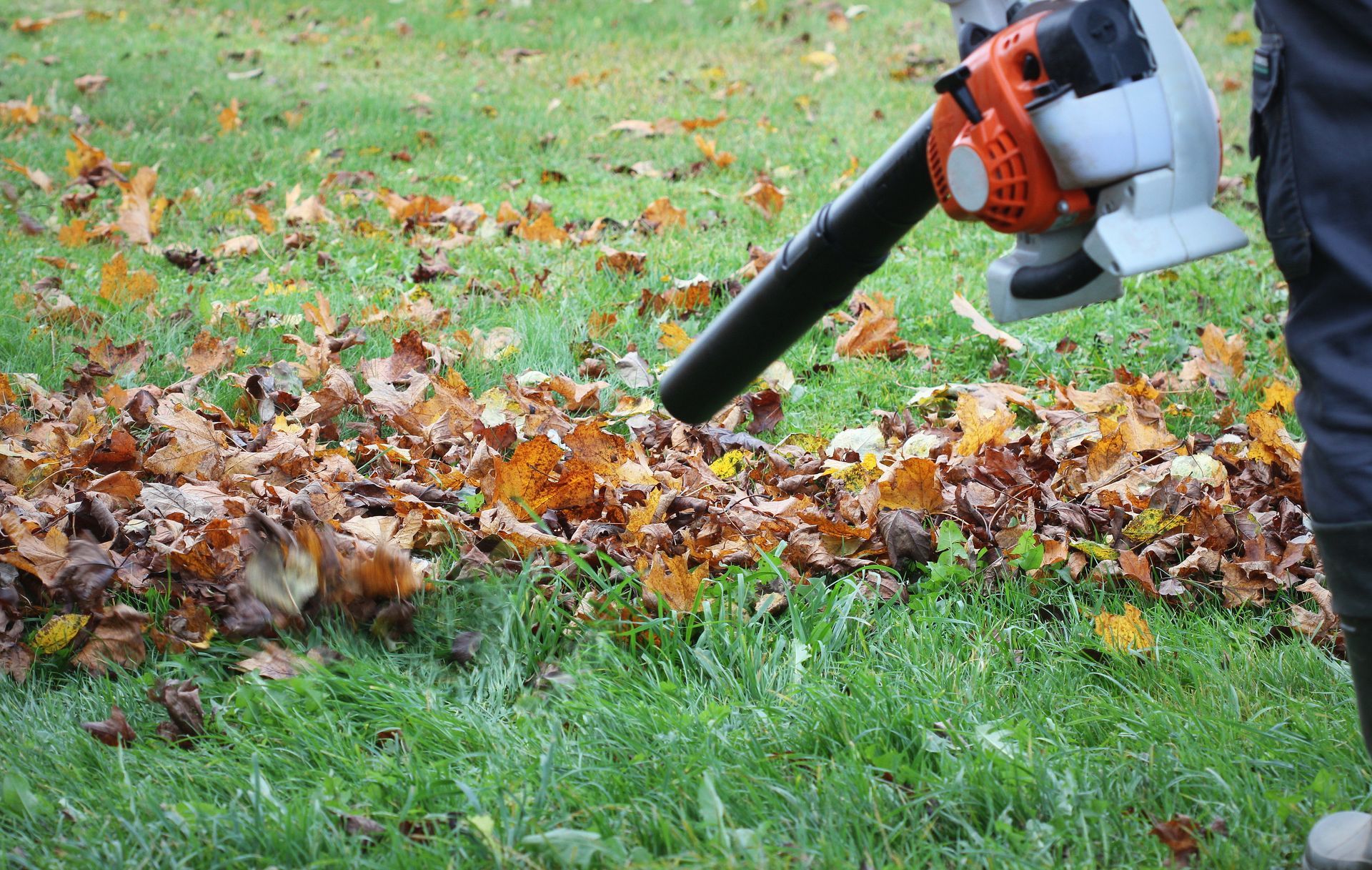Commercial Lawn Care: Spring Renewal Guide
As the snow melts and the first signs of spring begin to appear, it's the perfect time for businesses in Ontario to focus on revitalizing their commercial landscapes. A well-maintained lawn not only enhances the aesthetic appeal of your property but also creates a welcoming environment for clients and employees alike. At Wildroses Landscaping, we understand the unique challenges of commercial lawn care and are here to help you achieve a lush, vibrant lawn this spring. In this guide, we'll share essential tips and strategies for renewing your commercial lawn and maintaining its health throughout the season.
1. Assess Your Lawn's Current Condition
Before embarking on any lawn care activities, it's important to assess the current condition of your lawn. Take a stroll around your property and look for bare patches, signs of pest activity, and areas with excessive thatch or compaction. This initial assessment will help you identify problem areas that need immediate attention and allow you to develop a tailored plan for your lawn's renewal.
2. Clean Up Winter Debris
Winter can leave behind a considerable amount of debris, such as fallen branches, leaves, and other organic matter. Begin your spring lawn care routine by thoroughly cleaning your commercial lawn. Remove debris to allow grass to breathe and prevent moisture buildup, which can lead to fungal diseases. A clean lawn provides a fresh start for new growth and makes subsequent lawn care tasks more effective.
3. Aerate the Soil for Better Health
Compacted soil is a common issue in commercial lawns, especially after the heavy foot traffic and snowfall of winter. Aeration is a crucial step in improving soil health and promoting healthy grass growth. By perforating the lawn with small holes, aeration allows air, water, and nutrients to reach the grassroots more effectively. This process encourages deeper root growth and helps create a more resilient and lush lawn. Consider scheduling professional aeration services with Wildroses Landscaping to ensure optimal results.
4. Overseed for a Thicker Lawn
Overseeding is an effective way to address thin or patchy areas in your lawn and promote a dense, uniform appearance. Choose high-quality grass seed that is suitable for your region and matches your existing lawn type. Spread the seed evenly using a broadcast spreader, and lightly rake it into the soil to ensure good seed-to-soil contact. Water the newly seeded areas regularly to support germination and establishment. Our team can recommend the best seed varieties for your specific location and ensure your lawn achieves optimal growth.
5. Fertilize for Nutrient-Rich Growth
Spring is the ideal time to apply fertilizer to your commercial lawn, providing essential nutrients that support vigorous growth and vibrant color. Choose a balanced, slow-release fertilizer that supplies key nutrients like nitrogen, phosphorus, and potassium. Proper fertilization strengthens your lawn's resistance to stressors such as drought and pests. Apply the fertilizer evenly, following the recommended rates on the label to avoid over-fertilization, which can harm grass and the environment. Our experts at Wildroses Landscaping can help develop a customized fertilization plan for your lawn's specific needs.
6. Implement Effective Weed Control
Weeds can quickly overtake a commercial lawn if not managed properly. Early spring is the best time to implement pre-emergent herbicides to prevent weed seeds from germinating. For existing weeds, spot-treat the area with post-emergent herbicides. Opt for eco-friendly products whenever possible to minimize environmental impact. Continuous monitoring and timely intervention are key to keeping weeds under control and maintaining the visual appeal of your lawn.
7. Maintain a Consistent Mowing Schedule
Regular mowing is essential for maintaining a healthy and attractive lawn. Begin mowing your commercial lawn as soon as the grass reaches a height of about 3 inches. Set your mower height to remove only the top third of the grass blade, which encourages strong root growth and reduces weed competition. Maintain a consistent mowing schedule throughout the spring to promote dense, uniform growth. Sharpen mower blades frequently to ensure clean cuts and minimize stress on the grass.
8. Water Wisely for Optimal Growth
Proper watering is critical to maintaining a healthy lawn. Water deeply and infrequently to encourage deep root growth and drought tolerance. Early morning is the best time to water, as this minimizes evaporation and fungal risks. Adjust watering frequency based on weather conditions, ensuring your lawn receives about 1 to 1.5 inches of water per week, including rainfall. Consider installing an irrigation system to provide consistent, efficient watering for your commercial lawn.
Trust Wildroses Landscaping for Professional Spring Lawn Care
Renewing your commercial lawn in spring requires a comprehensive approach focusing on assessment, maintenance, and proactive care. By following the steps outlined in this guide, you can ensure your lawn remains healthy, vibrant, and inviting throughout the season.
At Wildroses Landscaping, we are committed to delivering top-notch commercial lawn care services tailored to meet your business's unique needs. Our experienced team offers expertise in aeration, overseeding, fertilization, weed control, and more, ensuring your lawn remains a beautiful backdrop for your commercial property.
Ready to elevate your commercial landscape? Contact Wildroses Landscaping today at (519) 808-4252 or email info@wildroseslandscaping.ca to schedule a consultation. Let us partner with you in creating a welcoming and professional outdoor environment that reflects the quality and excellence of your brand.










